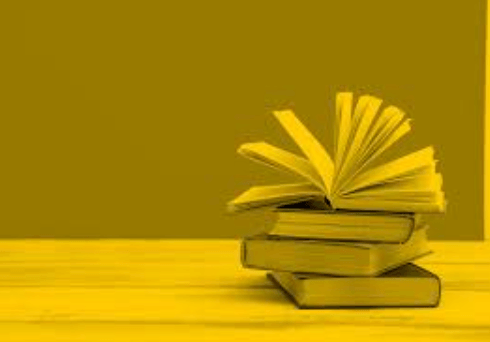Language has always been a powerful tool that humans have used to convey their thoughts and emotions. However, the beauty of language goes beyond mere communication. It is an artistic arsenal with which writers create masterpieces that captivate our hearts and minds. Literary devices are the secret ingredients in this arsenal, enabling writers to add depth and complexity to their works. In this blog post, we will delve into the three types of literary devices – descriptive, symbolic, and figurative –and explore how they unleash the power of language in literature through character description, plot development, symbolism and metaphors; elevating writing from mere words on a page to a work of art that can be appreciated for generations to come. Click here…
The Three Types of Literary Devices
Literary devices are tools that writers use to create meaning and add depth to their works. The three main types of literary devices are descriptive, symbolic, and figurative.
Descriptive devices help the reader visualize characters and settings in a story by providing sensory details such as sound, smell, taste, texture or appearance. This type of device is particularly effective in characterizing protagonists or antagonists by revealing their personality traits.
Symbolic devices represent abstract ideas through concrete objects like colors or animals. For example, red can symbolize love but also danger; while crows may reference death and darkness but also wisdom.
Figurative language takes words beyond their literal meanings to convey deeper emotions and concepts that cannot be expressed directly with plain language. Examples include similes which compare two things using “like” or “as,” metaphors which suggest similarities between two unlike things without using comparison terms; hyperbole which exaggerates for emphasis; personification which attributes human characteristics to non-human entities such as objects or nature.
Incorporating these literary elements into writing not only increases its artistic quality but adds layers of meaning for readers who want more than just a surface-level reading experience
The Use of Metaphors in Literature
Metaphors have been used in literature since ancient times to create powerful imagery and convey complex ideas. A metaphor is a literary device that compares two seemingly unrelated things, creating an analogy between them.
One of the most famous examples of a metaphor in literature comes from Shakespeare’s play “As You like It”: “All the world’s a stage.” This metaphor represents life as a performance where we all play different roles throughout our lives. Another example is George Orwell’s Animal Farm where the pigs are made into metaphors for totalitarian leaders.
Metaphors not only provide vivid descriptions but also help readers better understand abstract concepts by comparing them to something familiar. They allow authors to express emotions or ideas that may be difficult to describe directly.
However, not all metaphors work well in literature. An overly complicated or obscure metaphor can confuse readers instead of enhancing their understanding. Additionally, overusing clichéd metaphors can make writing feel unimaginative and dull.
When used effectively, metaphors can elevate literature by providing deeper meaning and more profound insights into human experience through language that provokes thought processes beyond normal comprehension levels with ease while still being able to captivate its audience seamlessly.





 Unleashing the Potential of Artificial Intelligence: Exploring the Cutting-Edge Applications and Future Implications
Unleashing the Potential of Artificial Intelligence: Exploring the Cutting-Edge Applications and Future Implications